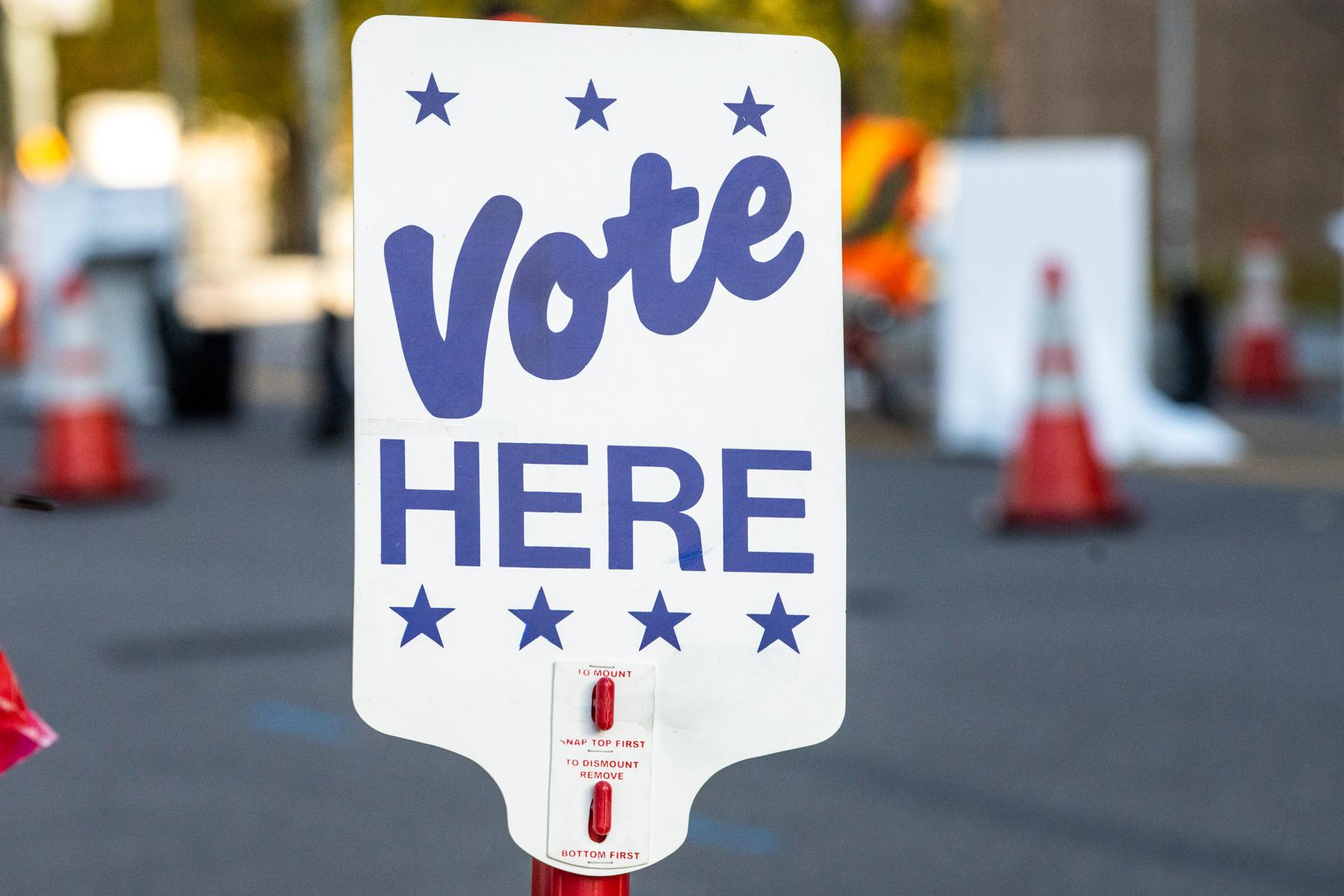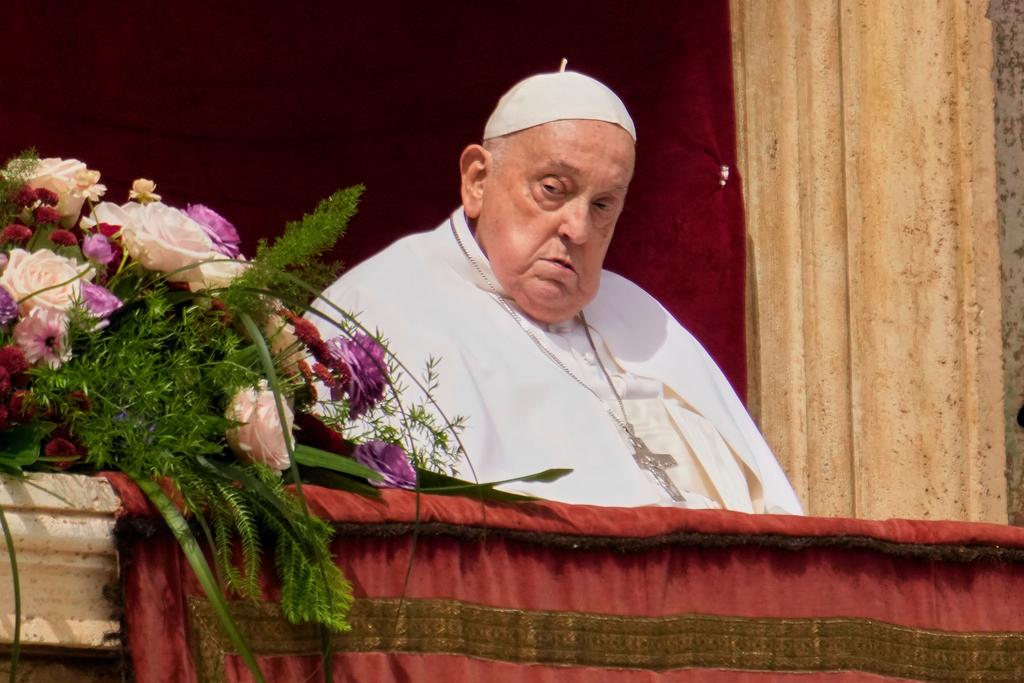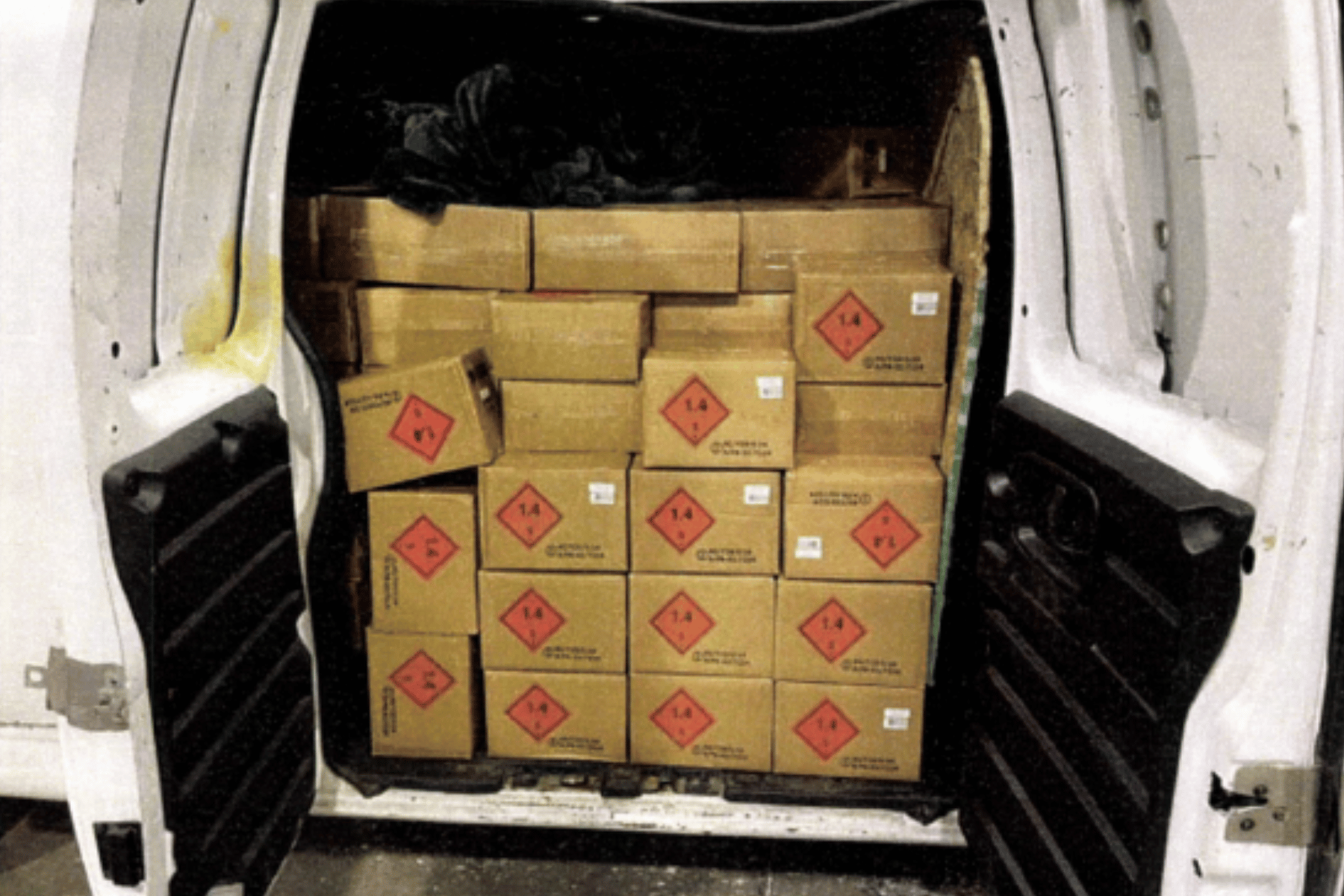
Off years are a pretty quiet time for elections. Cities and towns may be choosing new leaders, but presidential and congressional contests aren’t until next year. Statewide ballot issues are limited to only those that involve taxes, cutting down on the number of policy decisions voters need to make.
But there is still an election going on. Ballots start heading out to voters on Oct. 16, and they include two issues with the power to impact the state’s finances, and, potentially, your own.
Below you’ll find a non-partisan guide (with many links!) to help voters throughout Colorado understand their ballots — and helpful information about how to vote. And if you’re looking for a Denver-specific guide, you can find that on Denverite here. For those wanting a Southern Colorado-specific list, check out KRCC's guide here.
Happy voting.
Editor's Note: This story originally described the 2023 election as a 'general' election, but elections in odd years are actually known as 'coordinated.'
Ballot Questions
Proposition HH
Lower property tax rates, smaller TABOR refunds, maybe more money for schools?
Proposition II
What to do with $24 million in excess tobacco and nicotine taxes?
School board races
How to vote
I keep hearing Colorado is a “mail ballot” state. What does that really mean?
Ahead of each election, Colorado mails ballots to each registered, active voter in the state. Some registered voters may be considered “inactive,” and not get a ballot, if their local clerk has a reason to believe they no longer live at the address on their registration (like election-related mail has been returned as undelivered). Inactive voters have to update their registration information in order to get a mail ballot.
How do I check that my voter information is correct?
Just go to the Secretary of State’s website and enter your name, zip code, and date of birth to see your voter registration information. You can also use this page to register to vote or update your registration, change your party affiliation, and to get a lot more information about the election.
When should I expect to get my ballot?
Clerks will start mailing out ballots on Oct.16.
How can I keep track of my ballot?
Colorado uses a service called BallotTrax that allows voters to sign up for text or email alerts at each stage of the voting process. The messages will let you know when your ballot has been mailed to you, when it’s received back at the clerk’s office, and when it’s been processed.
I’m nervous about the USPS. What if my ballot doesn’t arrive in time?
You are not required to use the ballot the state sends to you. Voter Centers will open around the state no later than Oct. 30 (and some will open earlier than that). Any voter who has not already returned a ballot can go to one and vote in person there. Just don’t then also return your mail ballot when it arrives. The system will flag that you’ve returned two ballots and you could face prosecution.
What happens if I'll be away from home when they send out ballots and won't be back before the election?
You can still get a ballot and vote even if you're away from home. From now until the vote centers open, you can pick one up in person from your county clerk's office. You can also get your ballot sent to a temporary address. To get information specific to your situation, call your county clerk's office (find the number here).
I’ve gotten my ballot and I don’t want to vote on everything on it. Will my ballot still be counted if I leave some races blank?
Yes. There is absolutely no requirement that you vote in every race or on every issue on your ballot.
How do I return my ballot?
When it comes to casting your vote, Colorado takes an all-of-the-above approach.
Want to mail it in? Check your envelope to see how much postage is required and be sure to send it back no closer than a week out from the election, to ensure it gets to your clerk’s office in time.
Want to drop it off? Colorado will have more than 350 dropboxes available around the state to put your ballot in. You do need to be sure to use a box that’s in your county of residence — look for a list of locations on your county clerk’s website. Some counties, like Denver, also have drive-through drop-offs, where you can hand your ballot to an election judge. (All that said, if you do accidentally drop your ballot off in the wrong county, the clerk there will try to get it back where it belongs.)
Want to vote in person? Maybe you changed your mind after filling in the “yes” bubble on that one ballot measure. Or maybe your cat spilled coffee all over your ballot. Or maybe you just prefer to vote the old-fashioned way. As we noted above, you can always throw away your mail ballot and vote in person at a local Vote Center. You can find the locations of those at your county clerk’s website, or when you look up your voter registration information at govotecolorado.com.
How late can I put my ballot in the drop box and still have it counted?
Election judges should be on hand to close each drop box at exactly 7 p.m. on election night. At that time they’ll also collect all remaining ballots in the box. If you are trying to vote in person, and you’re in line by 7 p.m., you will still be allowed to vote, even after the polls have officially closed.
What kind of safeguards are in place to ensure no one steals my ballot and votes it fraudulently?
To keep the vote secure, Colorado relies heavily on signature verification. Once your ballot has been received at the clerk’s office, an election judge will compare the signatures on your envelope with the signature they have on file for you. If the two don’t match, your ballot is rejected.
I want to be sure the signature on file matches my current signature so that my mail-in ballot is not rejected—how can I do so?
There’s no way to directly review which signature the election judge will be seeing on their screen.
But here’s some information that might set your mind at ease a bit: The signature check system defaults to an image of the most recent signed document the government received from you. Which, if you are a dedicated voter, could be as recently as the last time you returned a ballot. The system does keep all of your old signatures on file too, in case the people doing the verifying want to review a few more examples before making their call.
Here’s a handy guide with some pointers to make sure your signature is accepted.
But if your signature is rejected, the clerk is required to contact you and give you time to “cure” the problem so that your ballot will be counted. We have more information about that in the next answer.
What happens if my ballot is rejected?
There are a couple of reasons a ballot might be rejected: your signature could have changed so much that it doesn’t match the one on file anymore, or you just forgot to sign your ballot altogether, or you live with another voter and you two got confused and put your ballots in each other’s envelopes (it happens!)
In any of those cases, your ballot is set aside while election officials try to reach you by email, phone or a letter to let you know there’s a problem. Various political groups also get lists of voters whose ballots were rejected and may try to reach out to you to encourage you to fix it. Voters have until eight days after the election (that’s Nov.15 this year) to deal with any problem with their ballot in order to have it counted. That can be done by mail or by going to the clerk’s office or using your phone and a program from the state called Text2Cure.
Help, I’m reading this just days before the election and I haven’t even registered to vote yet! Is it too late for me to participate?
Not at all. Colorado allows people to register and vote all the way until 7 p.m. on Election Day when the polls close. If you do it after Oct. 30 though, it’s too late to get a mail ballot. You’ll need to register in person at a Vote Center, where you’ll also — unsurprisingly — be able to get a ballot and vote.
The Secretary of State has a lot of information about registering to vote here. You will need to provide some form of ID. You can find a list of what qualifies here.
When does ballot counting start in Colorado?
Ballots are tallied before the election, but not counted up until the polls close. Election workers open the envelopes as they arrive and — after verifying the signatures — run them through tabulating machines. Those scan the ballots and record how each person voted, but they don't just automatically add it all up. That data isn't calculated and revealed until the polls close on Election Night and someone hits "tabulate."
That system is why everyone involved in the election process — and those of us who cover it, and those of you who like going to bed at a reasonable hour — really want voters to return their ballots as early as possible. That way officials can have as many as possible already scanned in when the polls close, making for much earlier election results when the races aren't close.
Related coverage
How the Colorado Blue Book gets to 2 million homes in the state
FAQ: We answered your questions about election security in Colorado (2022)








